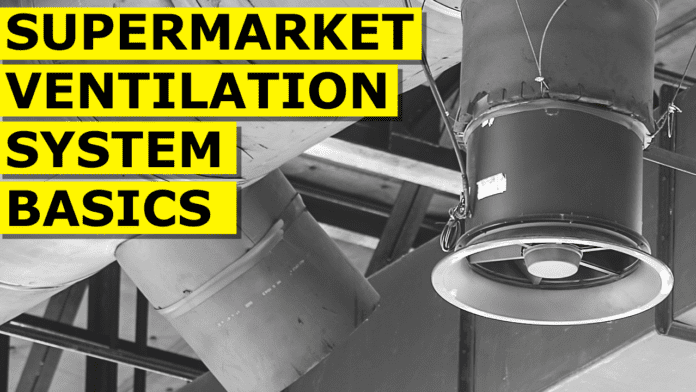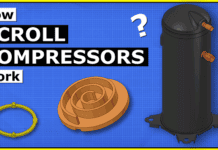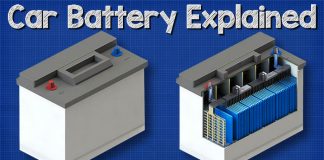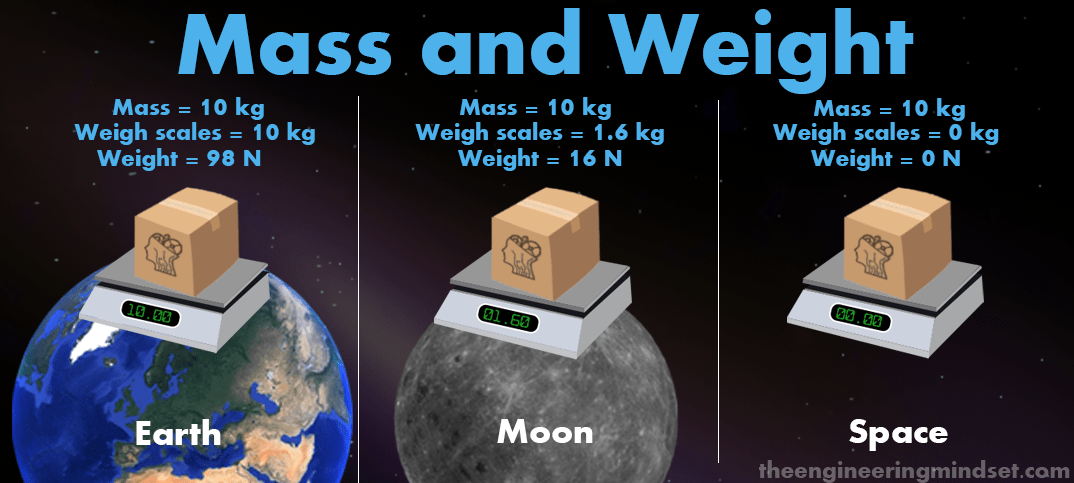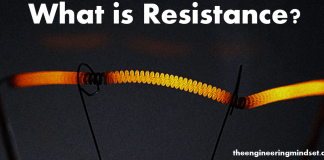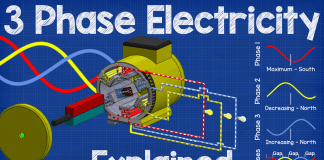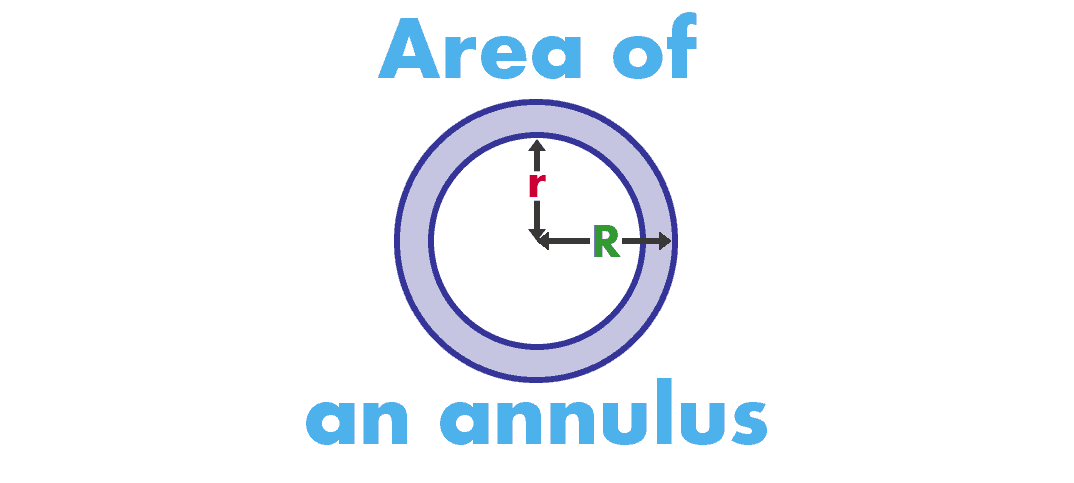HVAC systems used in supermarkets & food retailers. In this article we look at different HVACR systems used in supermarkets & food retail outlets to understand the basics of how they work.
In many large supermarkets you will see the ductwork for this suspended from the ceiling. The ducts come from either air handling units or rooftop units. Both do a very similar role, although rooftop units are more common in supermarkets, simply because they are an all in one HVAC solution. As the name suggests, rooftop units are located on the roof of the supermarket, and you’ll usually find multiple units depending on the size of the store.
Inside the unit is a large fan which pulls fresh air into the unit and also pushes this into the building. Some units will use this pushing force to also push the dirty used air out of the building.
The air passes through a filter to remove any dust and dirt and it then passes through a heat exchanger where it will be heated or cooled to meet the required conditions.
For heating, the rooftop unit uses either an electric heating element, a gas burner or a heat pump.
For cooling, the unit will use either a split air conditioning unit or a heat pump.
The other unit we mentioned was the air handling unit. This works in a very similar way although these are usually much larger and typically housed indoors. These units will also filter, heat, cool and humidify the air, although the heating and cooling is provided by a remotely connected chiller or boiler. There will usually also be an exhaust AHU to maintain pressure in the building and extract the used air. If the returning air is within certain limits of cO2, humidity and temperature – then some of it can be recirculated to reduce the heating or cooling load.
If you look up at the ceiling in large stores you might see a large box connected to a short run of ductwork. This box is called a fan coil unit.
Inside the fan coil unit is a fan with a small motor, a filter and also one or two heat exchangers. The fan coil just circulates air locally within the building and tops up the heating or cooling to the local area as needed. It will also help to distribute fresh air within the building.
The fan coil unit can provide heating and/or cooling and the heat exchangers will be connected to either a heat pump, VRF, split AC, chiller or boiler.
We’ve covered air handling units in our previous article, view that HERE.

